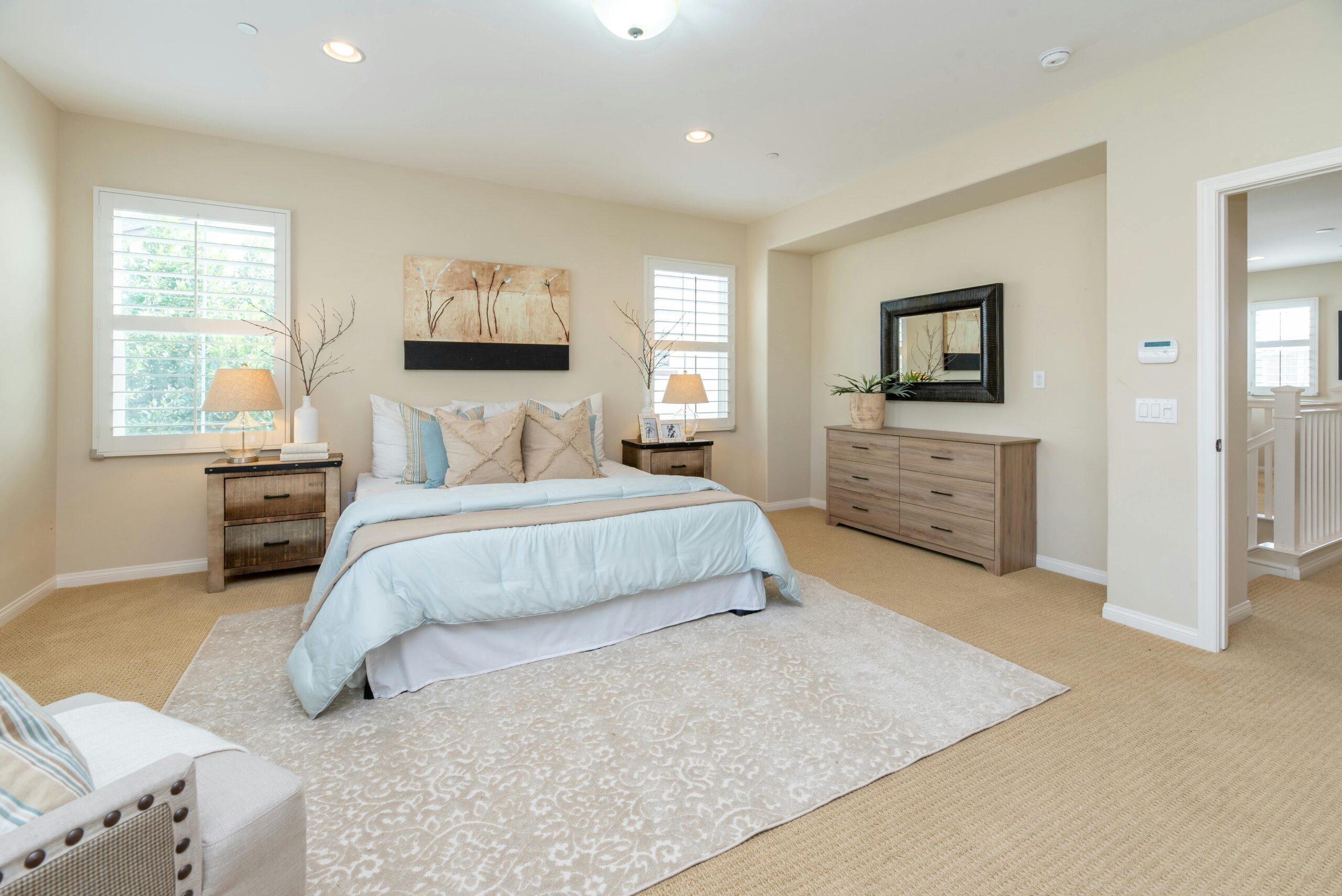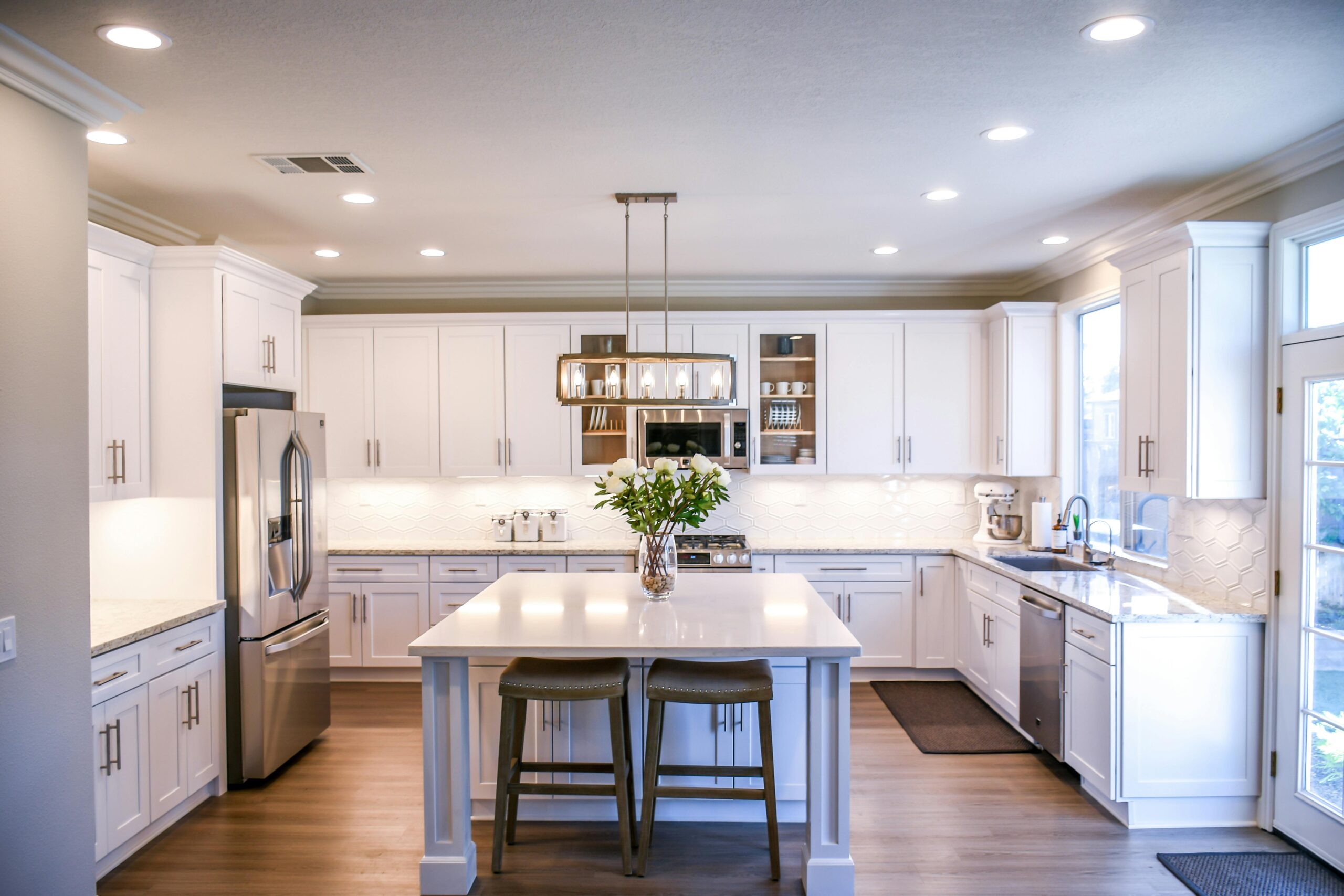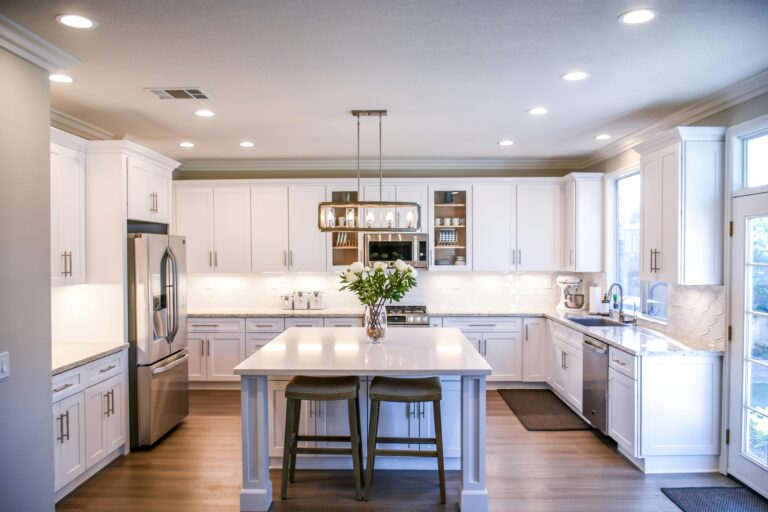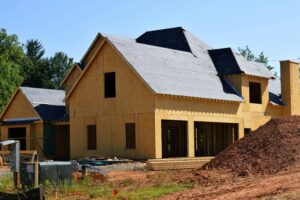
After nearly seven decades of standing as Florida’s sole architectural testament to Frank Lloyd Wright’s genius, the Lewis Spring House has officially entered the real estate market with an asking price of $2.1 million. This remarkable property represents far more than a typical luxury home sale—it offers a once-in-a-lifetime opportunity to own a piece of architectural history while participating in the preservation of one of America’s most innovative design legacies.
A Rare Architectural Gem
Designed by Frank Lloyd Wright and constructed in 1954, Spring House is the only built private residence designed by Wright in the state of Florida. This distinction alone makes the property extraordinary, but its significance extends far beyond geographical uniqueness. The Spring House is one of just 11 hemicycle houses designed by Wright, and one of only two hemicycle houses with its “unusual boat-like shape,” derived from the intersection of two arcs.
The timing of the Spring House’s creation places it at a fascinating juncture in Wright’s career. Wright, who would pass away just five years later, was exploring his final architectural phase when he designed this unique residence. Built in 1954, the Spring House’s hemicycle design is considered the last architecture phase of Frank Lloyd Wright’s career, representing the culmination of decades of architectural evolution and experimentation.
The Story Behind the Commission
The genesis of Spring House reads like a chapter from architectural folklore. In 1950, a woman by the name of Clifton Lewis sought out none other than Frank Lloyd Wright to design a home for her. The Spring House was constructed in 1954 for George Lewis, a banker, and his wife Clifton Lewis, a civil rights leader and advocate for the arts, who warned Wright they had “a lot of children and not much money”.
George Lewis gave the name “Spring House” to the home “for the natural spring and small stream that flows from the property”. This naming reflects Wright’s fundamental philosophy of organic architecture, where buildings should harmonize with their natural surroundings rather than impose upon them. The property’s ten acres of hardwoods in Tallahassee provided the perfect canvas for Wright to demonstrate this principle.
Innovative Hemicycle Design
The Spring House showcases Wright’s hemicycle concept in its most refined form. The first drawn of only two “pod-shaped” houses of Mr. Wright’s long, productive career, Lewis Spring House is the only Frank Lloyd Wright designed private residence built in Florida. The hemicycle style represented Wright’s exploration of curved forms and organic shapes that departed from his earlier rectilinear designs.
The 1954 fixer-upper, the only private home designed by the iconic architect in Florida, is built in his atypical “hemicycle” style, which creates a ship-like appearance that seems to float within its natural setting. This distinctive form serves both aesthetic and functional purposes, maximizing natural light while creating flowing interior spaces that blur the boundaries between indoor and outdoor living.
The home is finished with tidewater red cypress both inside and out, demonstrating Wright’s preference for natural materials that would age gracefully and blend with the surrounding landscape. The consistent use of cypress throughout the structure creates visual harmony while celebrating the material qualities of Florida’s native woods.
Preservation Challenges and Opportunities
The decades since its construction have not been entirely kind to this architectural masterpiece. Unfortunately, decades of Florida weather have taken a toll on the Spring House. Per the National Trust for Historic Preservation, hurricanes and wind storms have caused water to leak into the house, and its cypress columns have deteriorated. These challenges reflect the broader difficulties of maintaining Wright’s experimental designs in challenging climates.
The Spring House, listed on the National Register of Historic Places and a longtime subject of preservation efforts, is located in Tallahassee at 3117 Okeeheepkee Road. Its inclusion on the National Register underscores both its historical significance and the urgency of preservation efforts needed to protect this irreplaceable architectural artifact.
The preservation challenges facing Spring House mirror those encountered at other Wright properties. The architect’s innovative use of materials and experimental structural systems, while groundbreaking, often require specialized maintenance and restoration techniques that go far beyond typical home upkeep. For the prospective owner, this represents both a responsibility and an opportunity to contribute to architectural preservation.
Wright’s Florida Legacy
While Spring House stands as Wright’s only private residence in Florida, it is not his sole contribution to the state’s architectural landscape. He designed more than a dozen buildings for the campus of Florida Southern College. Built between 1938 and 1958, they make up the world’s largest single-site collection of Wright architecture. This broader context helps illuminate Wright’s relationship with Florida and his understanding of how architecture could respond to the state’s unique climate and cultural conditions.
The Florida Southern College complex, often called Wright’s “Child of the Sun,” demonstrates his mastery of designing for subtropical conditions. The lessons learned from that extensive project undoubtedly influenced his approach to Spring House, where he needed to create a comfortable family residence that could withstand Florida’s challenging weather patterns while maintaining his architectural principles.
Historical Context and Significance
The pod-shaped curved home was built in 1954, just five years before Wright’s Guggenheim Museum in New York City. This timing places Spring House within Wright’s late period, when he was simultaneously working on some of his most celebrated projects. The proximity to the Guggenheim’s creation suggests that Wright was actively exploring curved forms and spiral geometries that would reach their ultimate expression in the famous museum.
The hemicycle concept represented Wright’s continued evolution as an architect well into his eighties. Rather than settling into established patterns, Wright remained innovative and experimental, using projects like Spring House to test ideas that would influence his final masterworks. This spirit of continuous creativity makes the property particularly significant for understanding Wright’s complete architectural journey.
Market Significance and Investment Potential
Spring House, a late Frank Lloyd Wright property in Tallahassee that looks like a boat, has been listed for $2.1 million. While this price point places it firmly in the luxury market, it represents remarkable value when considered against comparable Wright properties that have sold for significantly higher amounts. The rarity of Wright-designed homes on the market makes each sale a significant event in both real estate and architectural circles.
This represents a once-in-a-lifetime opportunity to own Frank Lloyd Wright’s only Florida masterpiece and participate in preserving his organic architecture legacy. For collectors of significant architecture, the Spring House offers the rare combination of historical importance, architectural innovation, and preservation opportunity that seldom appears on the market.
The Path Forward
The sale of Spring House represents a critical moment for architectural preservation. The property requires an owner committed to both maintaining its historical integrity and investing in necessary restorations. SPRING HOUSE INSTITUTE offers personal tours of the only Frank Lloyd Wright-designed private residence built in Florida, indicating ongoing efforts to share the property’s significance with the public while generating support for its preservation.
The Spring House Institute’s involvement suggests that the sale process will prioritize preservation-minded buyers who understand the property’s significance beyond its real estate value. This approach helps ensure that Wright’s vision will continue to inspire future generations while receiving the specialized care required to maintain its architectural integrity.

Conclusion
The listing of Frank Lloyd Wright’s Spring House represents more than a luxury real estate transaction—it offers a stewardship opportunity for one of America’s most important architectural legacies. As the only private Wright-designed residence in Florida and one of his rare hemicycle experiments, the property stands as a unique testament to the architect’s lifelong commitment to innovation and organic design principles.
For the right buyer, Spring House offers the extraordinary opportunity to live within a piece of architectural history while contributing to its preservation for future generations. The $2.1 million asking price represents not just the cost of acquiring a remarkable home, but an investment in maintaining one of the most significant examples of mid-century American architecture. As Wright’s Florida masterpiece enters the market for the first time, it awaits an owner who will appreciate both its historical significance and its continuing potential to inspire.





